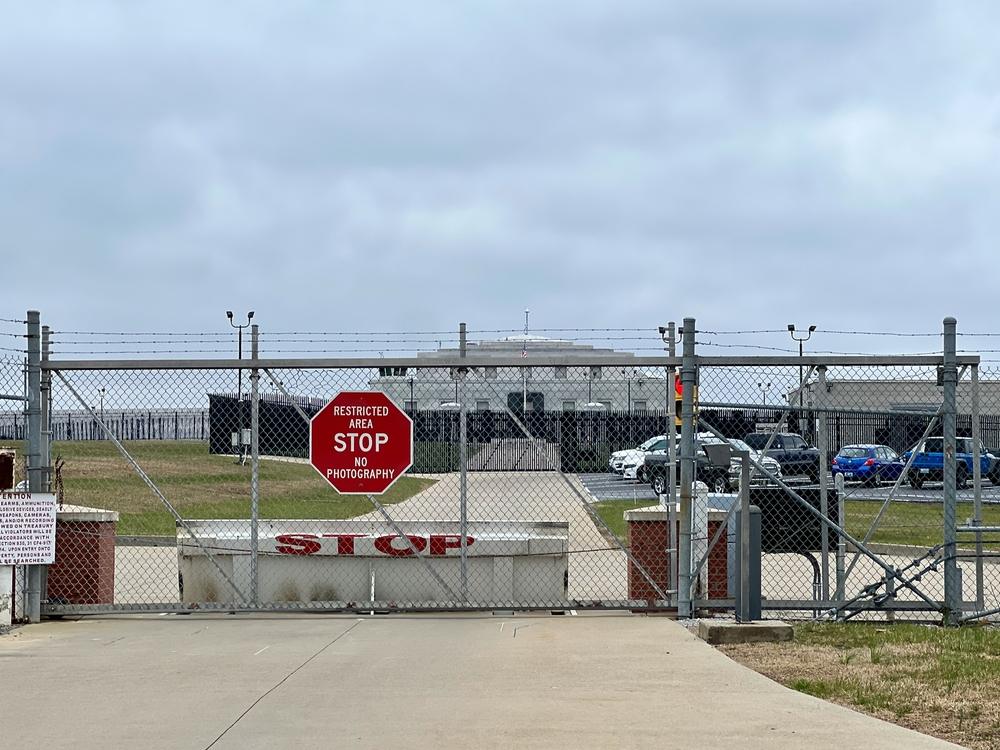 The headlines coming out of Syria are truly frightening. Mass graves, civilian bombings, rampant violence – it seems to be degenerating daily. As of August 2012, analysts put 6,000 jihadists on the ground participating in violence. To say it’s not a good situation is an understatement, but will the unrest ultimately impact America?
The headlines coming out of Syria are truly frightening. Mass graves, civilian bombings, rampant violence – it seems to be degenerating daily. As of August 2012, analysts put 6,000 jihadists on the ground participating in violence. To say it’s not a good situation is an understatement, but will the unrest ultimately impact America?
Answers seem mixed. On one hand, America likes to play the role of the world’s police force. On the other hand, Syria is mired in an internal conflict where the U.S. has no reason to interfere. They’re not a major trading partner with the U.S., but they are a linchpin in the Middle East. What’s really at stake?
Does internal disintegration equal international unrest?
A key debate among analysts is whether or not the internal unrest in Syria will really translate to international problems. Any unrest in the Middle East tends to make people nervous due to its links with international terrorism, but the Arab Spring came and went without major international disruption. The regimes involved toppled with extreme internal turmoil but without war breaking out in the surrounding nations.
Thus, America has to consider whether the situation in Syria is more like the Arab Spring or more of an Iraq-Kuwait kind of situation. However, as long as the action stays strictly within Syrian borders, the U.S. has limited grounds for an invasion. While the humanitarian toll is heart-wrenching, we don’t necessarily have an easy rationale to invade or lend arms to one side or the other.
Are there really weapons of mass destruction?
A tipping point for the U.S. and our allies could be the confirmation of weapons of mass destruction. Syria is known to have the capability for chemical and biological weapons, but after the Iraq controversy, governments are hesitant to use that as a justification for any invasion.
There’s no doubt that weapons in Syria are a problem for the region. The country is conveniently within short-range distance of major bombing targets in Israel, North Africa, and Southern Europe, to say nothing of its volatile Middle Eastern neighbors. Still, simply having weapons is shaky justification these days for the U.S. to be involved, unless Syria attacks U.S. installations in the region.
Is this really all about Iran?
Many analysts talking about Syria bring Iran into the mix as the real target behind any U.S. movement. They discuss the Syrian situation as a convenient proxy location for the U.S. and its allies to fight a physical extension of the ideological war with Iran, just as Africa and Southeast Asia served as proxy fighting spots of the USSR and America in the Cold War.
A nuclear Iran is a threat to U.S. interests, if not necessarily the continental U.S. itself. Sanctions on Iran aren’t a perfect solution, but duking things out in Syria wouldn’t be an ideal solution either. American soldiers sent over to fight a war like that would likely have limited enthusiasm for the task, with extreme negative political and financial consequences possible back at home. Even if the interest in Syria really is about its Iranian allies, that doesn’t mean the U.S. can or should use it as a reason to go in to the area.
Can we afford to care?
Putting aside humanitarian interests and the plight of Syria’s Christians, if America looks at the bottom line, it’s not clear whether we can afford to care what happens in Syria. The impact of the civil war there may simply be to remind us that there are limits to what we can do with our military budget and not bankrupt the country.
America is already actively in Afghanistan, with a lesser but still significant presence in Iraq. Troops are on missions in South Korea, Guantanamo Bay, and Africa with N.A.T.O. forces. We spend trillions on aircraft carriers, drones, jets, uniforms and salaries at a time when the average civilian is struggling to keep a job and make ends meet. As much as we might want to, Syria’s most lasting impact on America may just be to draw the line in the sand of what we can truly spend putting out fires around the world.
©2012 Off the Grid News











